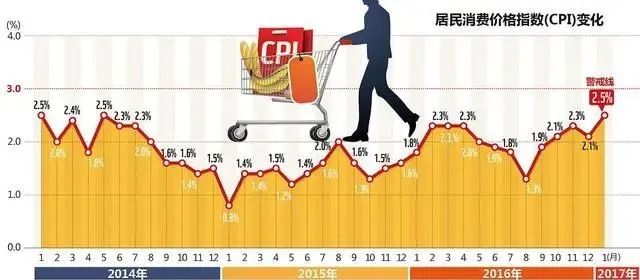Cross-border e-commerce has experienced super-rapid development in the past few years, and even sellers who do not have their own products have earned a pot of money, especially in the European and American markets where the price has increased several times to make sales. However, with the passage of time, the demand and attitude of the European and American markets for cross-border e-commerce are also changing.
In the past few years, China's cross-border e-commerce enterprises have achieved great success in overseas markets, mainly because they are more competitive than local suppliers and offer a wider selection of products. For example, AliExpress, Wish and other cross-border e-commerce platforms have gained wide recognition and user groups in the European and American markets. This is mainly because the Chinese supply chain model can provide low-cost products, and these products are of good quality. In addition, cross-border e-commerce also provides a wider selection of products that can meet the diverse needs of consumers in the European and American markets.

However, over time, the needs and attitudes of the European and American markets have changed, especially as inflation rates remain high. In particular, in 2021, due to the impact of the COVID-19 pandemic, and in 2022, due to the impact of the Russia-Ukraine war, the global money supply has increased significantly, resulting in higher prices. This makes consumers start to look for more economical ways of shopping, consumers increasingly pay attention to cost performance, they not only need low prices of products, but also need product quality assurance. In addition, consumers in the European and American markets also pay more attention to shopping convenience and fast delivery.

These changes mean that China's cross-border e-commerce enterprises need to adapt to the new market environment.
First, companies need to improve product quality to meet the needs of consumers in the European and American markets. They need to provide more high-quality, high value-added products, which will help improve the brand recognition and credibility of the company in the European and American markets.
Second, businesses need to offer faster delivery and a more convenient shopping experience. This means they need to improve their supply chain and logistics systems to ensure products reach consumers in the shortest possible time. In addition, they also need to better understand the shopping habits and needs of consumers in the European and American markets to provide more personalized services and products.
Third, companies need to optimize their marketing strategies to better appeal to consumers in the European and American markets. They need to have a better understanding of the market environment and competitive landscape of the European and American markets, and formulate corresponding marketing strategies for these factors. For example, consider partnering with localized marketing companies in the European and American markets.
Fourth, enterprises need to reposition, and the market no longer allows one-size-fits-all. As consumption habits change, the original market positioning should also change, and the product should also be adjusted. If you still use the way to test the market, it will no longer work. Enterprises need to abandon unprofitable products and put limited resources into market segments and operations, for example, only the middle class.

The changes in the development of cross-border e-commerce make consumers gradually change from the "low price and low quality" shopping mode in the past to the shopping mode that pays more attention to quality and reasonable price. This change also reflects the continuous upgrading and increasing demand of consumers for shopping methods, and also promotes the transformation and upgrading of cross-border e-commerce platforms. This process will further promote the upgrading and transformation of China's manufacturing industry, and provide a more convenient, efficient and high-quality channel for global trade.
 ch
ch English
English

